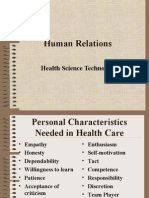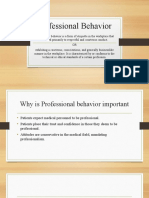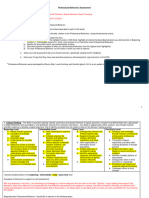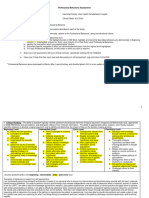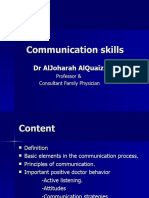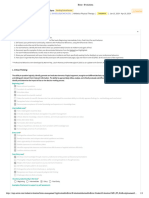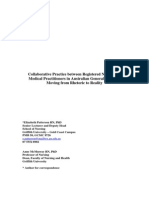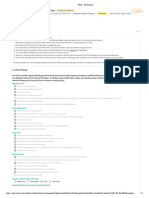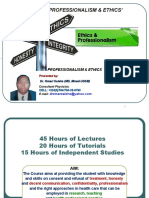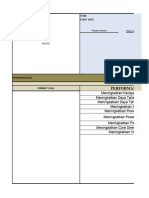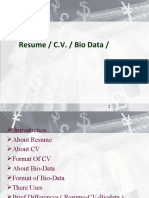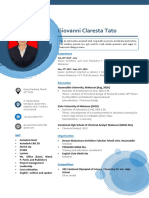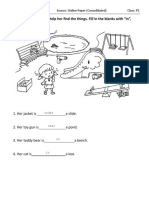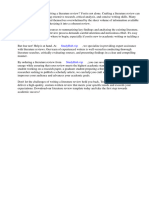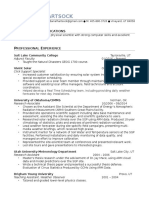0% found this document useful (0 votes)
20 views2 pagesProfessional Practice Assignment#1
The document outlines Areeba Tahir's understanding of professionalism, emphasizing qualities such as accountability, ethical conduct, and effective communication. It also discusses potential barriers to receiving patient messages, including incomplete information and communication barriers. Additionally, it highlights the importance of professional courtesy in fostering a positive work environment and enhancing collaboration.
Uploaded by
ammartahir235Copyright
© © All Rights Reserved
We take content rights seriously. If you suspect this is your content, claim it here.
Available Formats
Download as DOCX, PDF, TXT or read online on Scribd
0% found this document useful (0 votes)
20 views2 pagesProfessional Practice Assignment#1
The document outlines Areeba Tahir's understanding of professionalism, emphasizing qualities such as accountability, ethical conduct, and effective communication. It also discusses potential barriers to receiving patient messages, including incomplete information and communication barriers. Additionally, it highlights the importance of professional courtesy in fostering a positive work environment and enhancing collaboration.
Uploaded by
ammartahir235Copyright
© © All Rights Reserved
We take content rights seriously. If you suspect this is your content, claim it here.
Available Formats
Download as DOCX, PDF, TXT or read online on Scribd
/ 2
